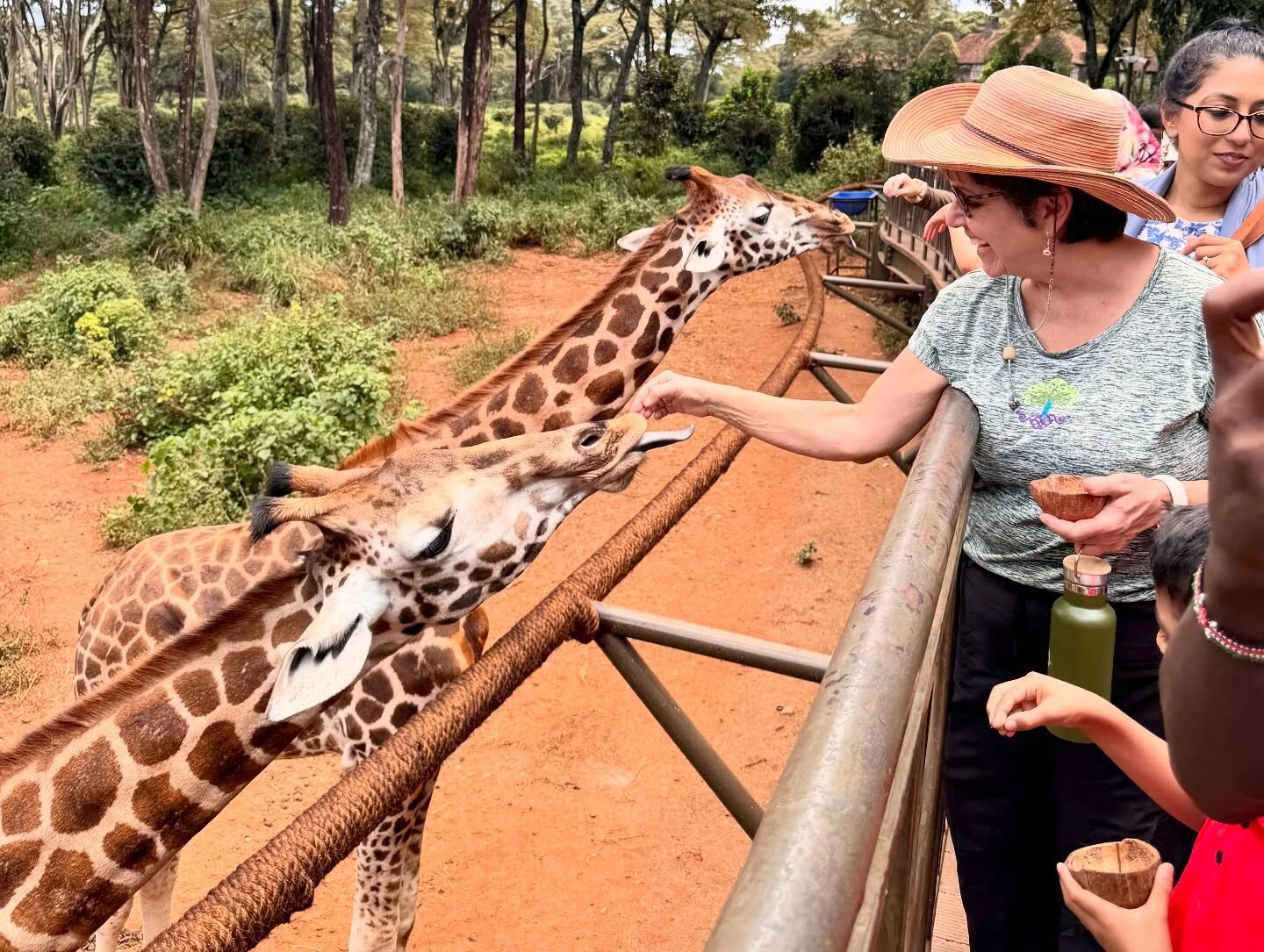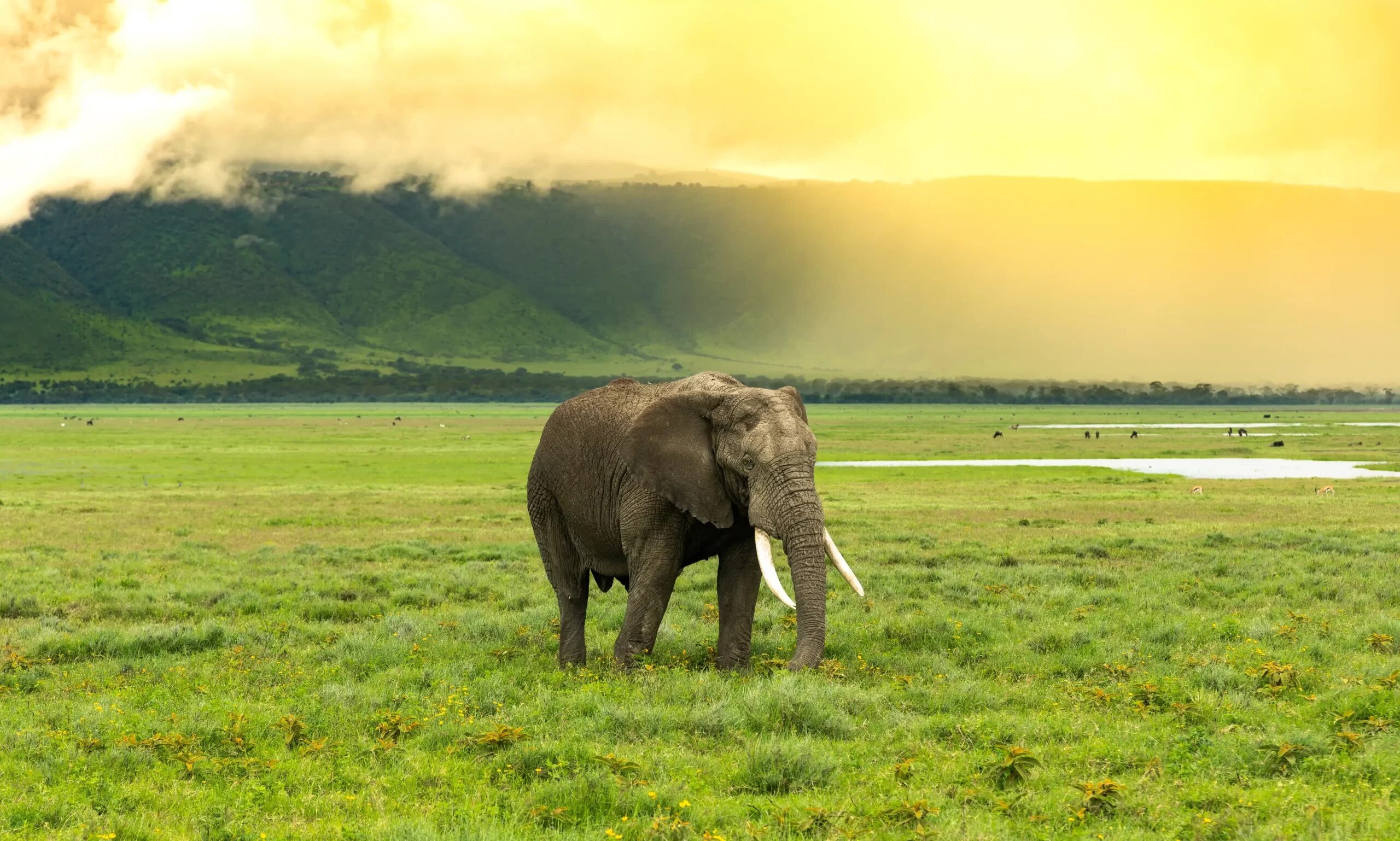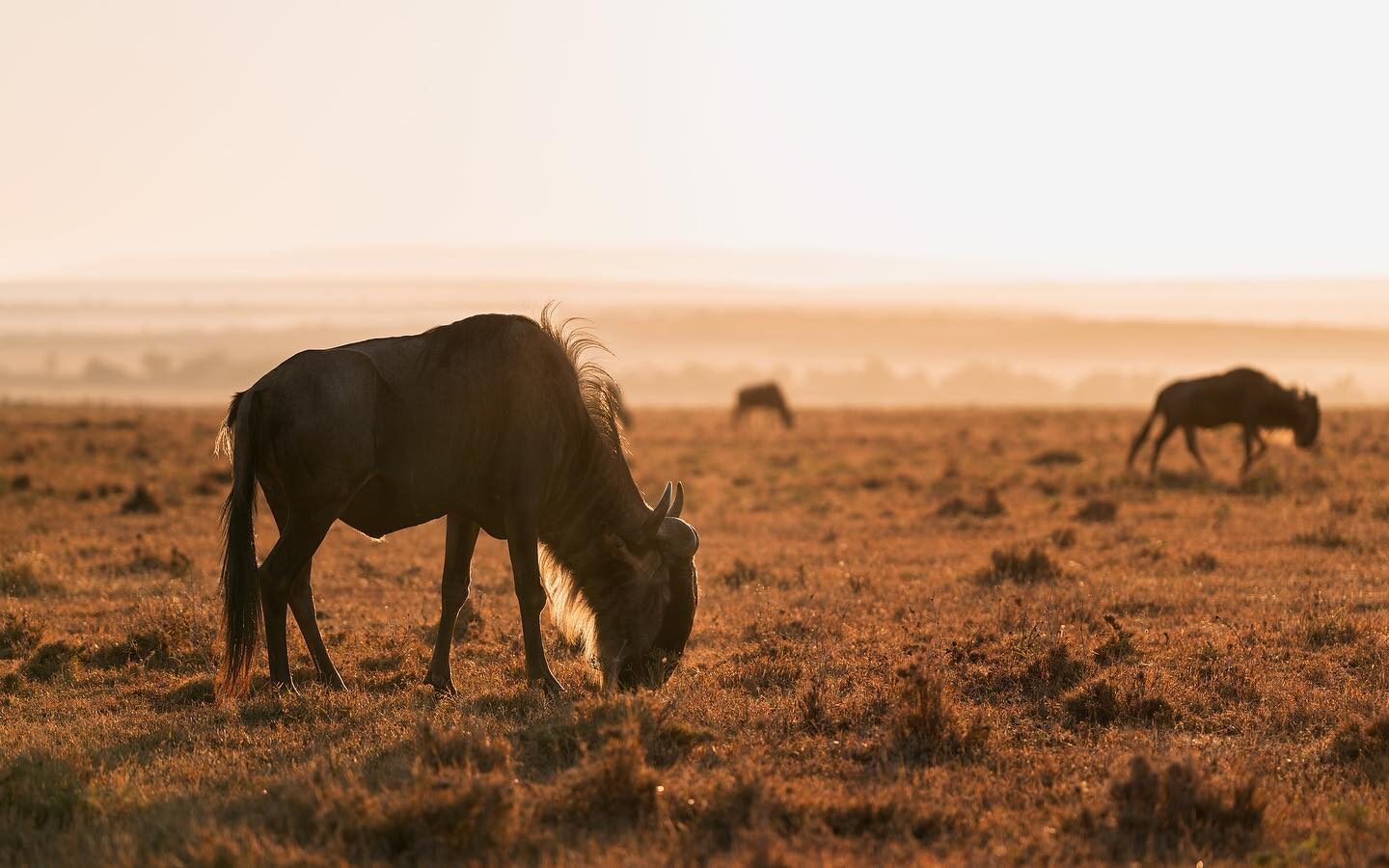Introduction
I’ve planned dozens of safari trips for seasoned travelers who’ve retired and are ready for life’s next adventure—yet staying comfortable and safe on the savannah is key! Picture this: a 68‑year‑old guest of mine, Margaret, in her first morning game drive at sunrise in Amboseli. The air was crisp, the light perfect, and within minutes—a tower of giraffes.
That’s when I realized: timing absolutely transforms the senior safari experience. One bad weather spell and suddenly, what should’ve been a relaxed day turns into bumpy roads, muddy trails, and missed sightings. So in this post, I’m going to walk you through everything I’ve learned about the best time to visit Kenya and Tanzania for seniors—based on years of guiding guests through the highs, lows, and rain-soaked surprises of East Africa.
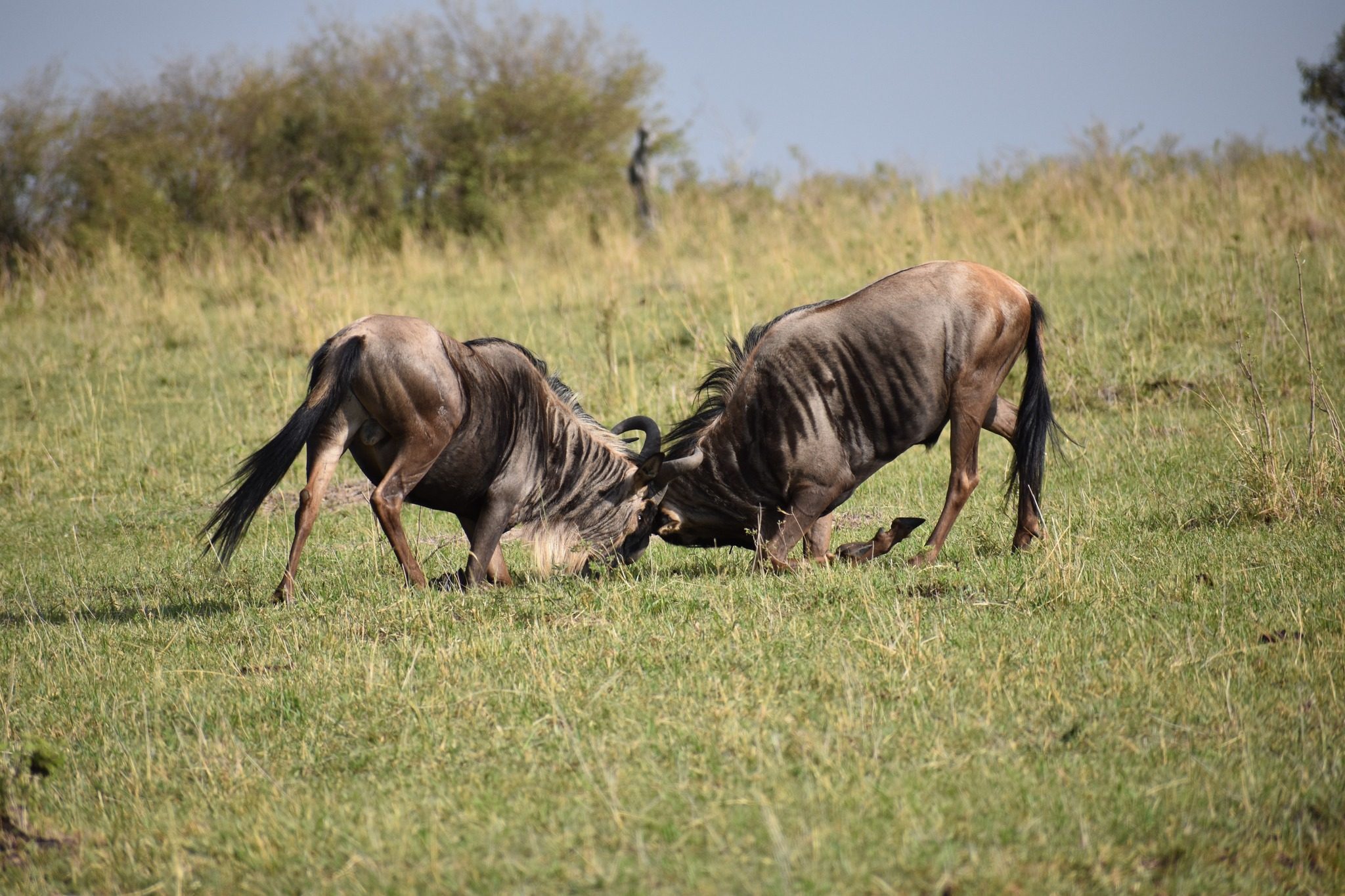
Why Timing Matters for Senior Safari Travelers
You know what no one tells you? That the wrong timing can totally throw off your safari. I once had a couple in their early seventies who traveled during the March long rains thinking they’d save a few bucks. Well… we did save a little, but spent more time dodging flash floods than actually spotting lions.
For senior travelers, comfort is gold. We’re talking manageable temperatures (think 20–28°C / 68–82°F), smoother roads, and fewer insects. The dry season (June to October) really shines here—everything from wildlife spotting to photography just works better.
The way wildlife behaves also changes with seasons. During the dry months, animals gather around waterholes, making sightings almost too easy. In contrast, the rainy months scatter them across the bush, making you feel like you’re on a scavenger hunt with binoculars.
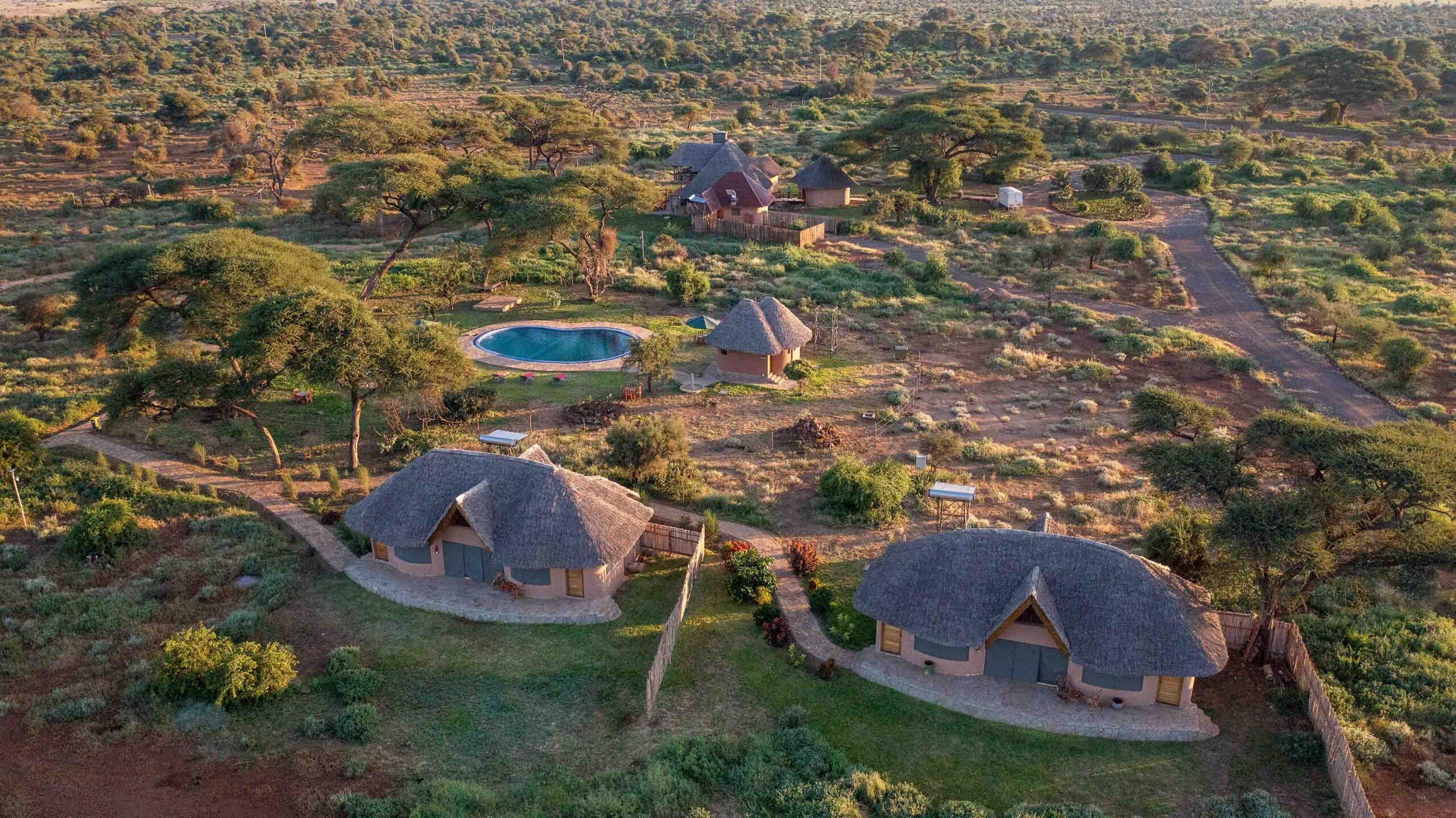
Dry Season Overview (June–October)
This right here is the golden window. June to October is hands-down the best time for senior safaris in Kenya and Tanzania. I usually recommend June or September—perfect balance of comfort and wildlife without the madness of peak season crowds.
In June, the parks are quiet, roads are smoother, and game drives are breezy. You’ll catch herds moving through Tarangire and Amboseli—plus, the nights are crisp, which helps with better sleep.
July and August? Absolute migration madness! The Great Wildebeest Migration rumbles through the Masai Mara and Serengeti. But heads-up—it’s also busy, so book early, and maybe skip the bumpy routes if mobility’s an issue.
By September, the dust settles, literally. The skies are clear, the temperature’s kind, and animals are still hanging around water sources. I always say, if you’re a senior who wants the best without the buzz—go in September or early October.
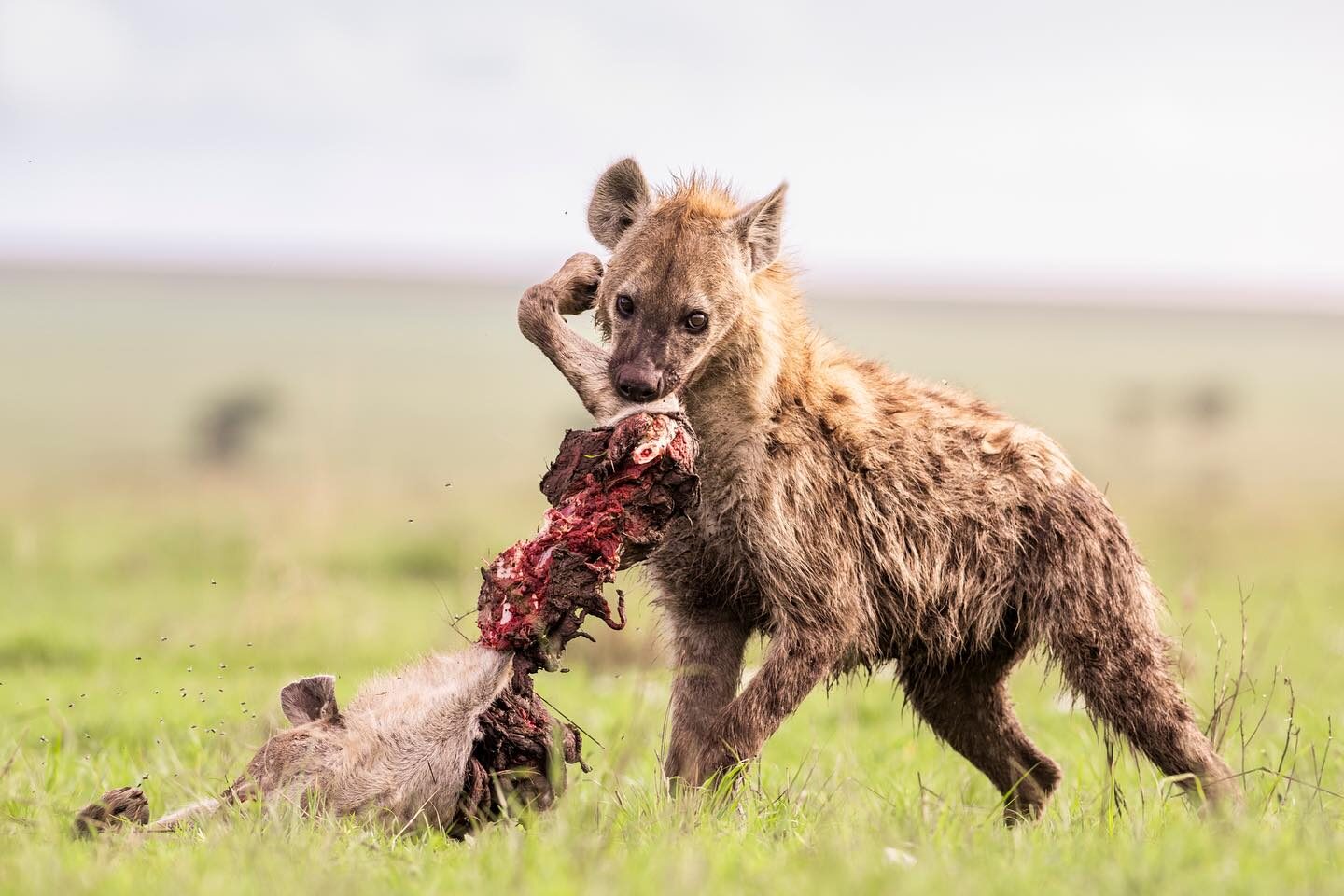
Shoulder Periods & Short Rains: Value with Comfort
Now don’t write off the rainy seasons just yet! I’ve had guests travel in May and November and absolutely love it. Why? Because the landscapes are lush, prices drop, and you get that peaceful, untouched feel.
In May, you’ll catch baby animals just learning to walk—especially in Ngorongoro and Lake Nakuru. It’s quieter, so lodges go all out to please the few guests they host. Roads can get a little mushy though, so avoid self-drives.
November–December gives us the short rains, but it’s not a washout. I’ve had smooth trips during this time—just plan for a light drizzle here and there. Bonus: photographers love this time of year because the skies are dramatic, and everything is green and vibrant.
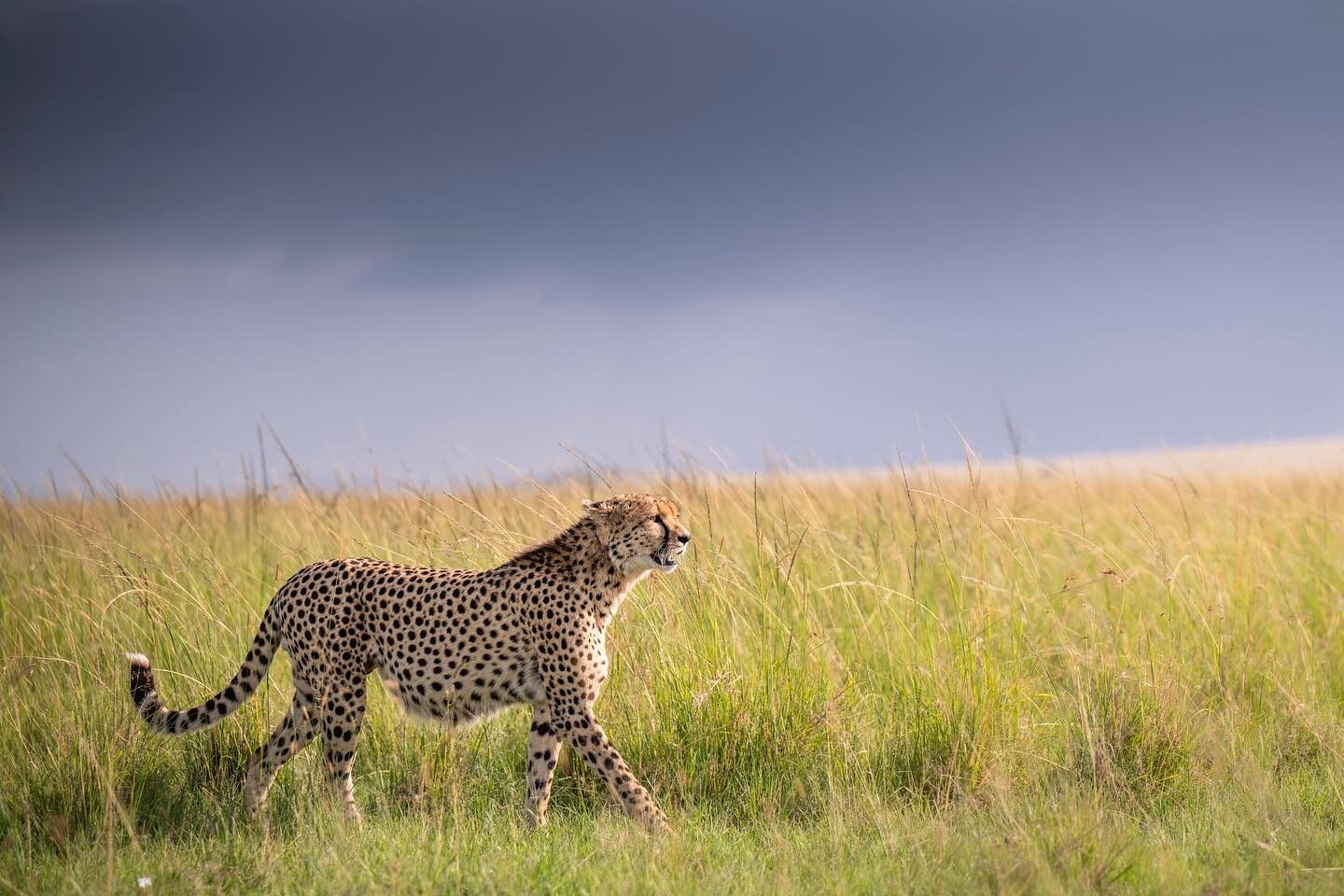
Month-wise Tips for Seniors
Here’s what I’ve noticed after years of trip planning: each month brings its own flavor. Not all of them are ideal, but if you’re flexible and pick the right parks, it’s totally doable.
- May: Great for birdwatching and fewer crowds. Just pack some waterproofs.
- June: Comfortable weather, fewer bugs, and wildlife congregating.
- July–August: Perfect if you want to witness the Great Migration, but be ready for crowds and higher prices.
- September: My personal favorite. Weather is mild, and the big cats are still hanging around watering holes.
- October: Warm, clear skies—ideal for slower-paced safaris.
- November: A bit unpredictable weather-wise, but super affordable and peaceful.
- December: Combine a beach break with a light safari—Zanzibar or Diani Beach work well with shorter safaris.
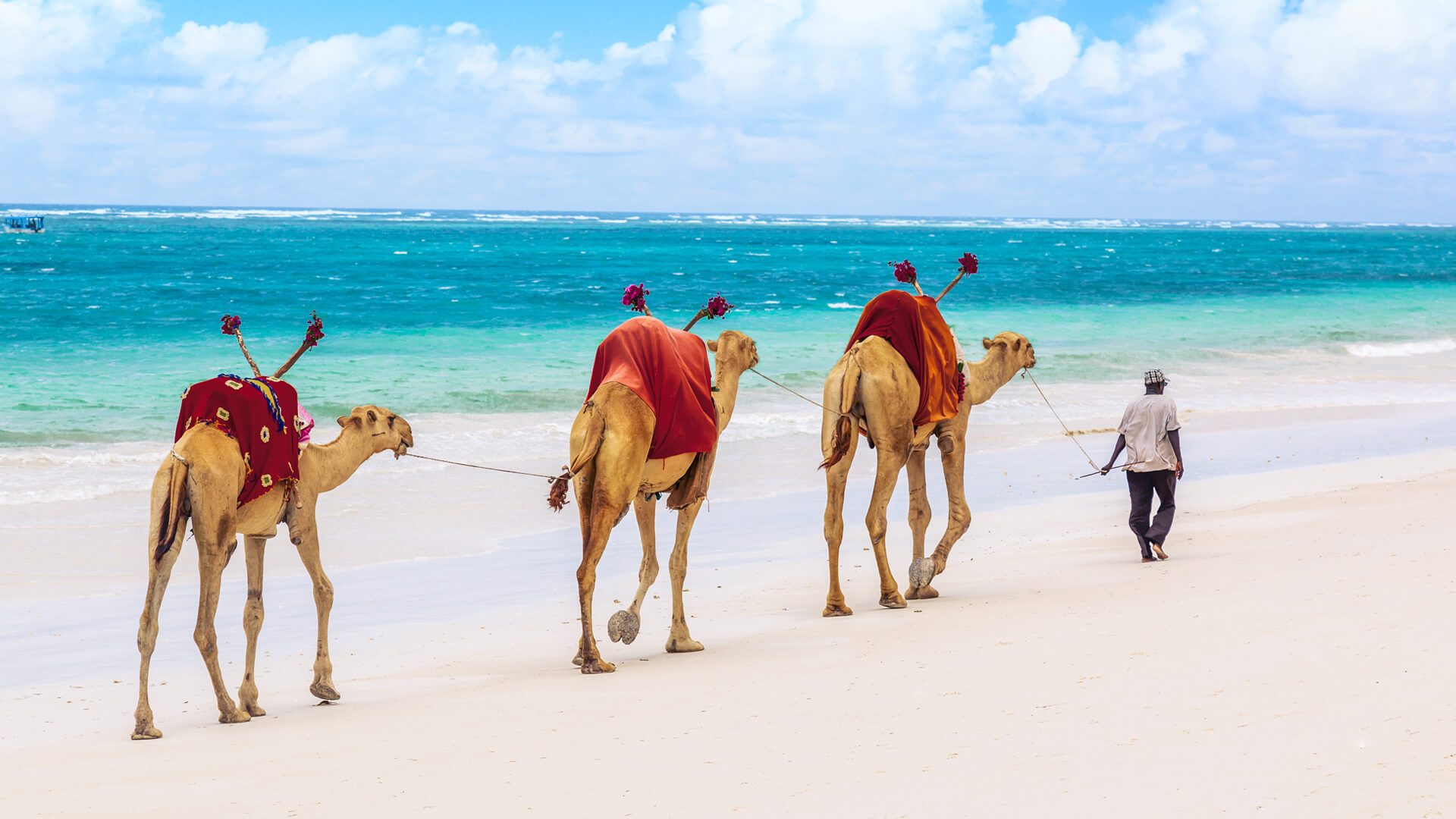
Safari Experiences Tailored for Seniors by Season
You don’t have to rough it to enjoy a safari! One of my favorite clients—Eleanor, 74—was skeptical about the hot air balloon safari over the Serengeti in July. She said yes anyway and cried tears of joy watching elephants from above.
Balloon safaris are best in the dry months—June to September. Walking safaris? Schedule them for cooler months like June and early July. You don’t want to be trudging through 30°C heat at noon.
For something relaxed, go for boat rides on Lake Naivasha or cultural visits to a Masai village. The timing makes a difference—these are way more enjoyable when you’re not dodging rain puddles. Trust me.
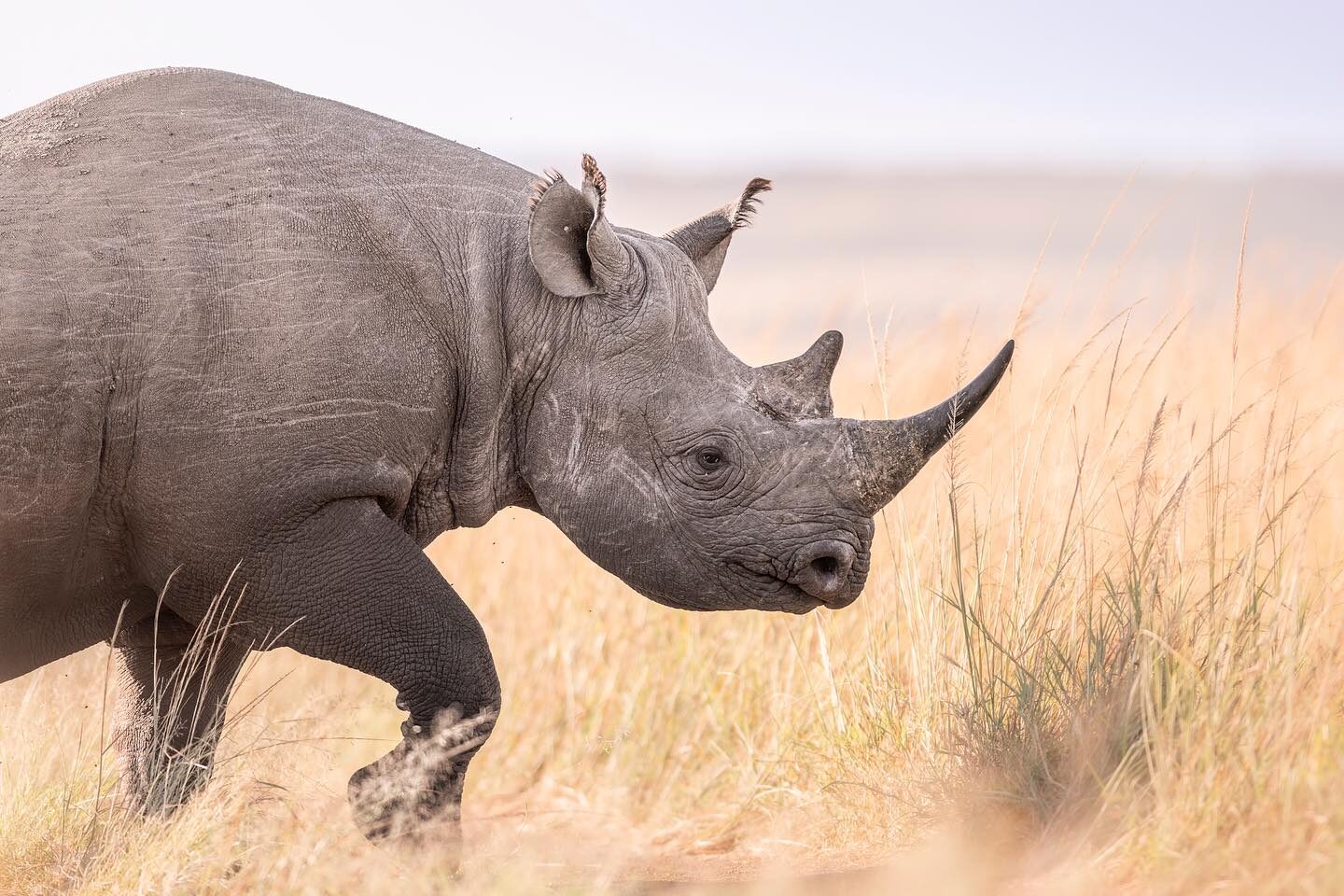
Health, Mobility & Comfort: Seasonal Recommendations
Let’s talk comfort. Some months are just friendlier on the knees, joints, and general stamina. For seniors, avoiding muddy roads and mosquito-heavy areas is key—that’s why the dry season wins again.
I always carry electrolyte sachets for my older guests, especially during warm months like August. It’s easy to get dehydrated without realizing it. And we always choose 4×4 vehicles with cushioned seats and easy step-ups, especially when roads get bumpy.
Also, watch out for malaria zones during the wet seasons. Book properties with mosquito nets and bring repellent. Some of my senior guests prefer traveling with a walking stick—even if they don’t use it back home—it just gives extra peace of mind when navigating uneven terrain.
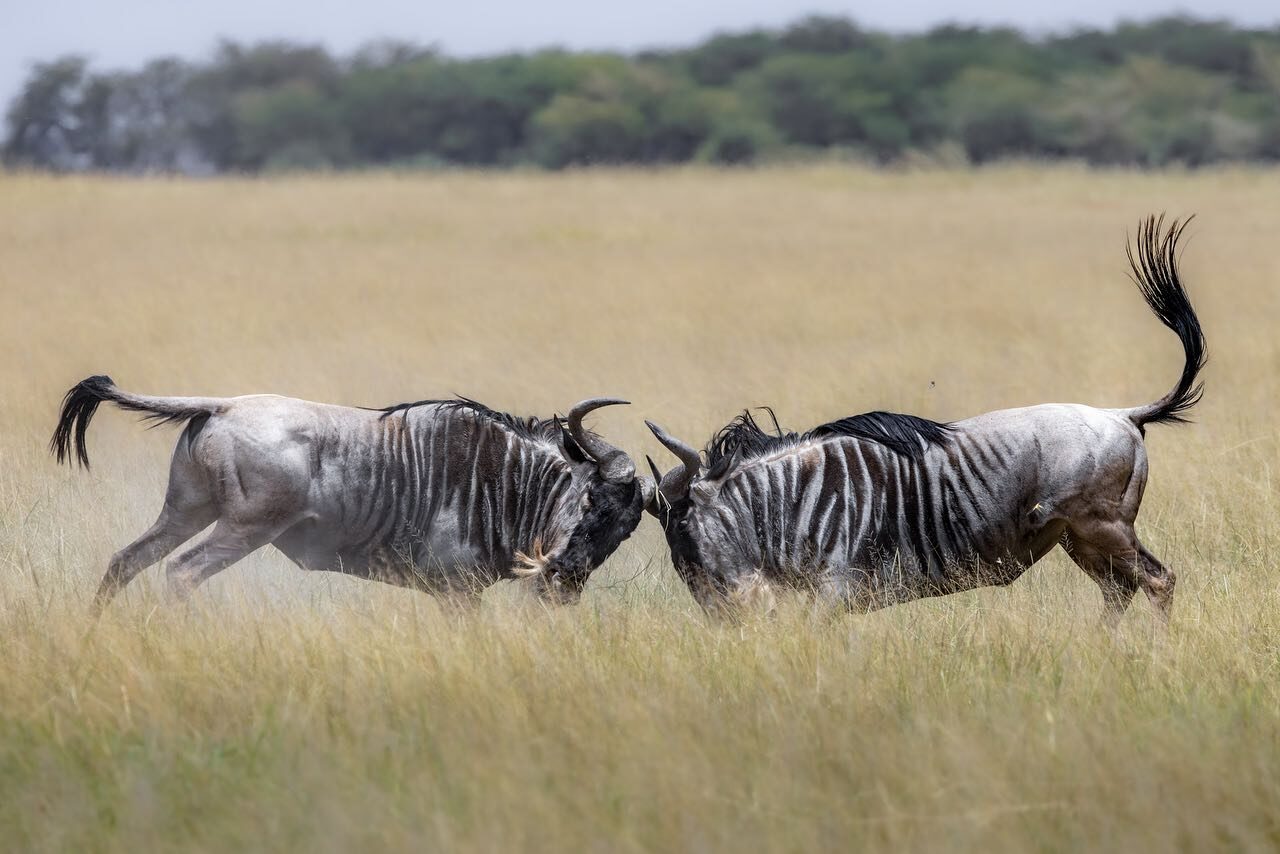
Crafting the Perfect Safari Itinerary for Seniors
If you’re planning your trip right now, here’s a solid rule: go slower, not shorter. I used to cram everything into 5 days and it backfired. Seniors ended up exhausted.
Instead, aim for 8–10 days with built-in rest days. For example:
- Start with 2 nights in Lake Naivasha
- Then 3 nights in Masai Mara (especially September)
- Finish with 3 nights in Amboseli or fly into Serengeti for calm game drives
Avoid long road transfers during April–May and November. Flights between parks can really ease the strain, and thankfully, most senior travelers are open to it if the cost is reasonable.

Conclusion
In summary, seniors will find June through October, especially June and September, to offer the best blend of comfortable weather, accessible travel, and unforgettable wildlife viewing. Short‑rain periods (May, November) deliver exceptional value and lush scenery too.
Want help crafting your perfect 2025/2026 safari? Reach out—my team and I are experts in creating senior‑friendly journeys tailored to your pace, comfort needs, and bucket‑list dreams! 🧳✨


